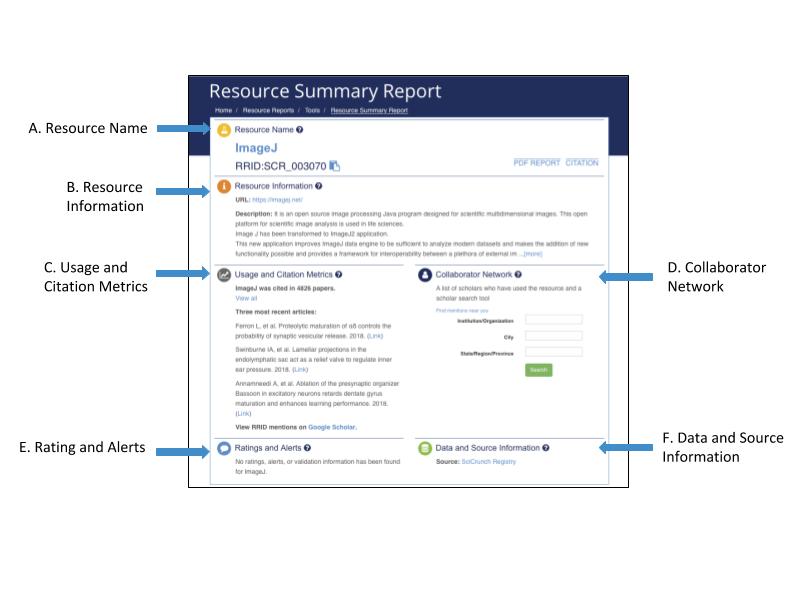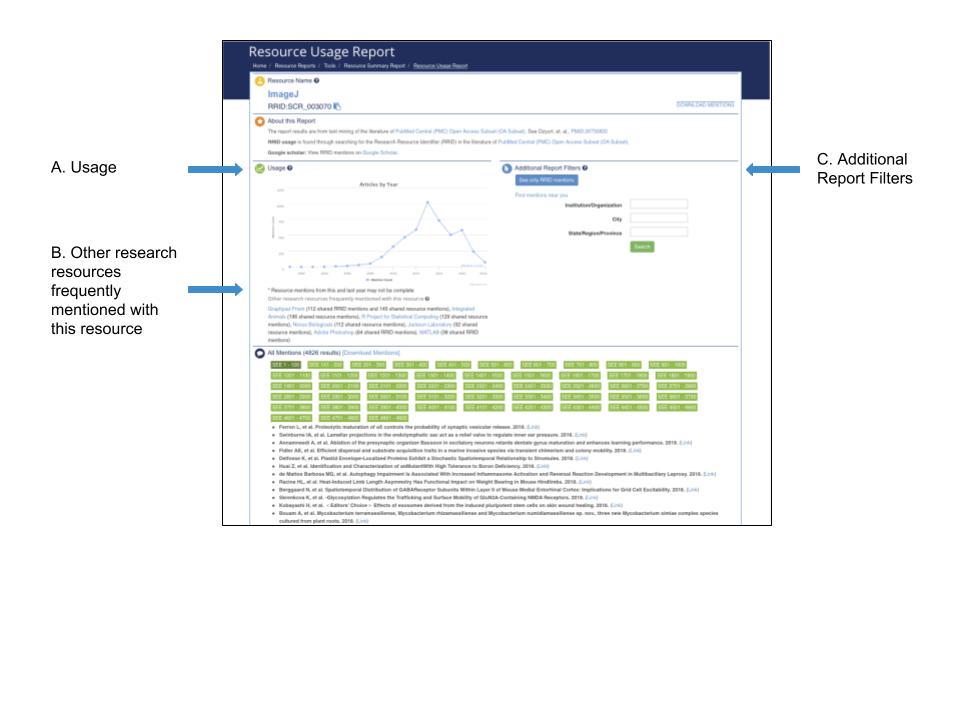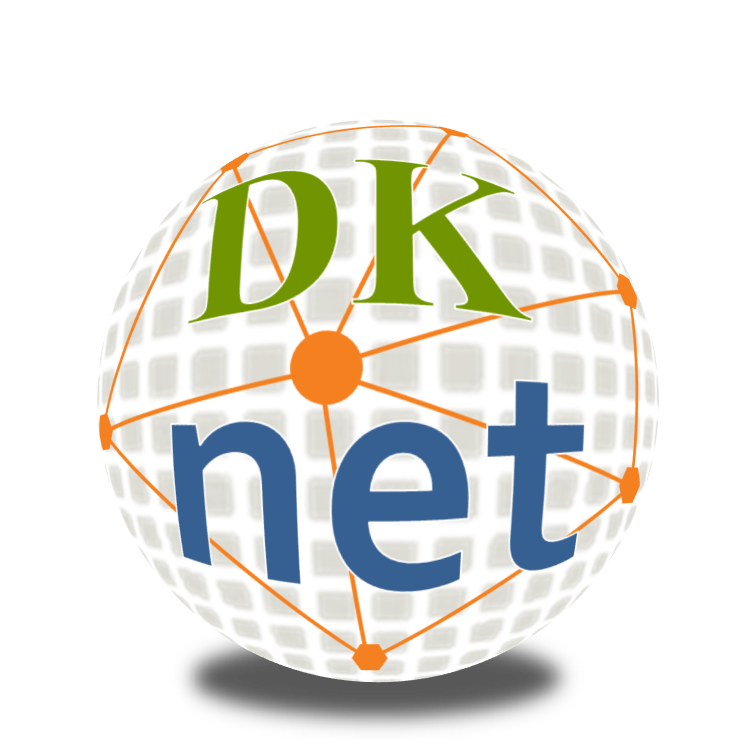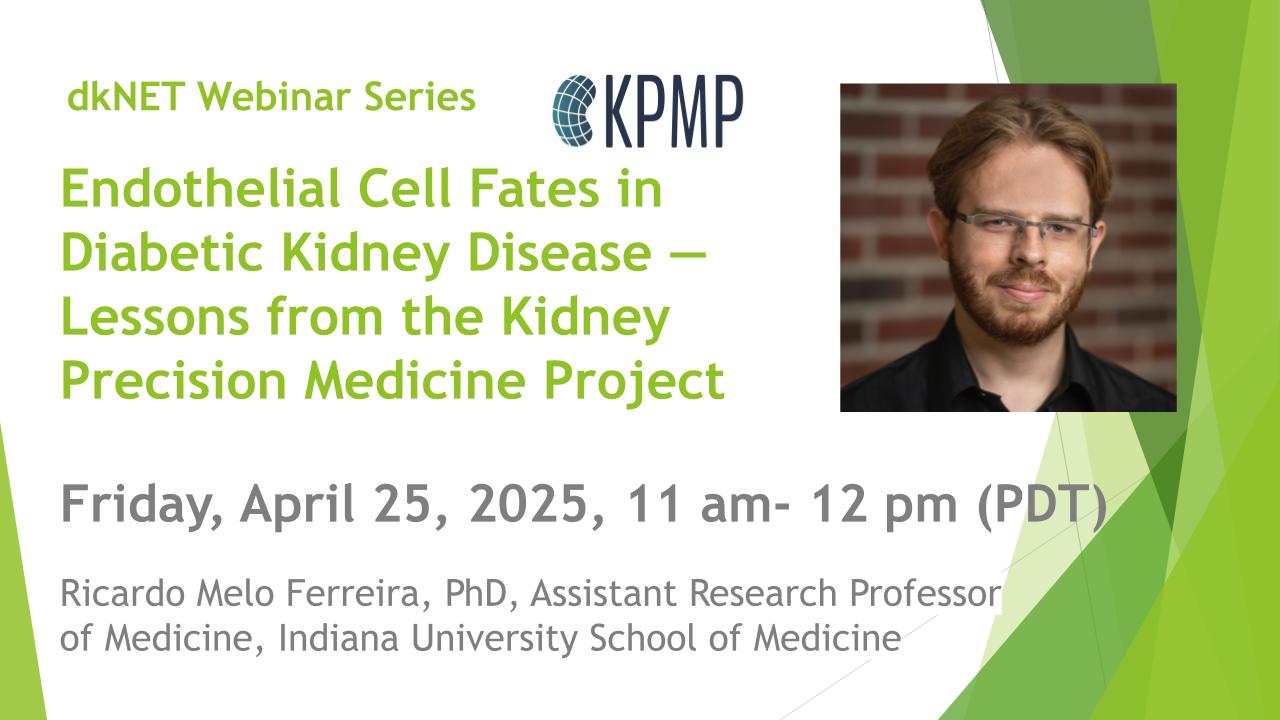Leaving Community
Are you sure you want to leave this community? Leaving the community will revoke any permissions you have been granted in this community.
Resource Reports
The dkNET Resource Reports provides a detailed overview of individual research resources along with citation metrics from the biomedical literature, community feedback and alerts, and information about who is using the resource. Do you want to learn how to use Resource Reports? Check out our video tutorials!
Table of Content
I. Resource Summary Report
II. Usage Summary Report
- Resource Summary Report
- Resource Name
- Resource Information
- Usage and Citation Metrics
- Collaborator Network
- Ratings and Alerts
- Data and Source Information
- Tools: SciCrunch Registry (RRID:SCR_003115) is a curated repository of scientific resources with a focus on biomedical resources, including tools, databases, projects, repositories, organizations and more.
- Cell lines: Cellosaurus (RRID:SCR_013869) is an online knowledge resource of cell lines. Cellosaurus is the most complete curated cell line database, that also includes a list of contaminated cell lines updated from International Cell Line Authentication Committee (ICLAC). This continuously updated information allows users to be alerted of any problem with a cell line before planning experiments or before making conclusions.
- Antibodies: Antibody Registry (RRID:SCR_006397) is an authoritative source assigning unique and persistent identifiers to antibodies. It includes commercial antibodies and antibodies generated from individual labs.
- Organisms: Integrated Animals (RRID:SCR_001421) is a virtual database currently indexing available animal strains and mutants from:
- Ambystoma Genetic Stock Center AGSC (Ambystoma)
- Beta Cell Biology Consortium BCBC (mice)
- Bloomington Drosophila Stock Center BDSC (flies)
- Case Western Reserve University Cystic Fibrosis Mouse Models Core (mice)
- Drosophila Genomics and Genetic Resources DGGR (flies)
- International Mouse Strain Resource IMSR (mice)
- Mouse Genome Informatics MGI (mice)
- Mutant Mouse Resource & Research Centers MMRRC (mice)
- National Swine Resource and Research Center NSRRC (pig)
- National Xenopus Resource NXR (Xenopus)
- Rat Genome Database RGD (rats)
- perm Stem Cell Libraries for Biological Research (rats)
- Tetrahymena Stock Center TSC (Tetrahymena)
- WormBase (worms)
- Xiphophorus Genetic Stock Center XGSC (Xiphophorus)
- Zebrafish Information Network ZFIN (zebrafish)
- Zebrafish International Resource Center ZIRC (zebrafish)
- Plasmids: Addgene (RRID:RRID:SCR_002037) is a repository of published plasmids for use in research.
- Biosamples: NCBI BioSample (RRID:SCR_004854) is a database containing descriptions of biological source materials used in experimental assays. We include biosamples from the IIDP (Integrated Islet Distribution Program) initially, and will continuously expand to more sources.
- Protocols: Protocols.io (RRID:SCR_010490) is an open access repository for research protocols and methods.
- Antibody Registry (https://antibodyregistry.org/)
- Human Protein Atlas (https://www.proteinatlas.org/)
- ENCODE (https://www.encodeproject.org/)
- Cellosaurus (https://www.cellosaurus.org/)
- Community research centers [i.e., Intestinal Stem Cell Consortium (ISCC, https://iscconsortium.org/), CAIRIBU (https://cairibu.urology.wisc.edu/wp-content/uploads/sites/1064/2019/08/List_of_validated_antibodies.pdf), SPARC (https://sparc.science/), core facilities…etc.]
- Antibody Watch - information extracted from the literature via natural language processing (https://pubmed.ncbi.nlm.nih.gov/34043624/)
- YCharos (https://ycharos.com/)
- SciCrunch Registry (https://scicrunch.org/)
- More…
- Resource Usage Report

A. Resource Name Section
The Resource Name section includes the resource name, the RRID (Research Resource Identifier), the Digital Object Identifier (DOIs) for protocols, and the proper citation of the resource allowing researchers to easily cite this resource in a paper or grant.
What are RRIDs (Research Resource Identifiers)? RRIDs are unique identifiers for research resources. RRIDs provide uniformity in regards to the citation and tracking of resources, and have been adopted by many publishers and agencies involved in reproducibility in the scientific community.
What is a Digital Object Identifier (DOI)? A DOI is a persistent identifier and a standardized unique string of numbers, letters and symbols for identifying content objects in the digital environment and for providing a persistent link to its location on the internet.
B. Resource Information Section
The resource information section provides a detailed overview of the selected resource. The information is aggregated from the following sources depending on the resource type:
C. Usage and Citation Metrics Section
The Usage and Citation Metrics section provides researchers a simple way to explore citations of the use of this resource. Researchers can use this information to help them make a more information decision about using the resources in a study. The "View All" feature in this section provides a year distribution chart of articles, full list of articles, and additional filters.
Currently, the citation information is updated automatically as the RRID-based text mining pipeline (see Table 1) finds new papers that cite this resource from the PubMed Central (PMC) Open Access Subset (OA Subset). As of October, 2023, there were over 5 million articles available in PMC Open Access Subset. The dkNET team is continuously working on expanding citation data from more publishers (see Table 2 for updated coverage), and the total number of articles has been reached to 7 million in October 2023. Due to restriction on the use of the articles, the usage data here only represents a partial subset of all publications. For more complete resource mentions (i.e., mentions in non-open access journal papers, theses and dissertations, academic books, pre-prints, abstracts, technical reports, patent...etc.), please check Google Scholar.
While we are expanding our citation data, for your convenience, we have also created a link to help you to directly find articles that have mentioned RRIDs via Google Scholar.
We normally update data in Usage and Citation Metrics section monthly. However, it may take 6 months or longer for PMC to have most recently published articles.
Table 1. Current Text Mining Pipeline (October 2023)
| Resource Type | What does dkNET search robot look for? | Where does dkNET search robot look for in a paper? |
|---|---|---|
| Tools | Resource Name | Material and Methods |
| Tools | URL | Full article |
| Tools | RRID | Full article |
| Antibody | RRID | Full article |
| Cell lines | RRID | Full article |
| Organisms | RRID | Full article |
| Plasmids | RRID | Full article |
| Biosamples | RRID | Full article |
Table 2. Current text mining coverage (October 2023)
| Publisher / source | Articles | Journal titles | Last download date |
|---|---|---|---|
| PubMed Central | 5,587,146 | 21,491 | 10/07/2023 |
| Elsevier | 1,732,756 | 226 | 08/29/2022 |
| Springer-Nature | 72,493 | 70 | 09/19/2018 |
Please refer to here for a complete list of the journals currently covered.
D. Collaborator Network Section
The Collaborator section provides a researcher search tool to find a list of researchers (name, institution, location) who have used the resource. Researchers can find collaborators near their location or at a specific institution or in a specific city or state.
*This section is still a work in progress. We currently have good coverage for some locations such as Los Angeles, San Diego, and Boston areas, but not all areas are covered in Collaboration Network yet.
E. Ratings and Alerts Section
The Ratings and Alerts section provides researchers information on the resource rating, validation, and alerts of problematic resources when available. Researchers can contribute validation or issue information of a cell line, antibody, or tool(s).
Currently, validation and performance information and resource issues are aggregated from Biomed Resource Watch (BRW): BRW has known issue and performance information about research resources such as antibodies, cell lines, tools, model organisms, and more. BRW aggregates trustworthy information from reputable sources, including:
BRW also includes information reported by biomedical researchers or core facility scientists.
Researchers can submit information about a research resource to BRW by clicking the “Report Information” button.
Our data in Rating and Alerts information is normally updated weekly.
The dkNET team is continuously working on expanding rating and alert data from other sources. If you have any source recommendations, please contact us at info@dknet.org.
F. Data and Source Information Section
The Data and Source Information section provides the source of the aggregated resource information. Additionally, if the resource is a resource provider and has resources or data indexed at dkNET, the information is listed in this section.

A. Usage Section
The Usage section provides researchers a chart for the number of articles that mentioned the resources each year.
B. Other Research Resources Frequently Mentioned with This Resource Section
This section provides researchers the information about what other resources (the top 6) are frequently mentioned together with this resource. Researchers can find other resources that are used together with the resource or highly related to the resource. The number of publications represents how many times the resources have been co-mentioned.
C. Additional Report Filters Section
The Additional Report Filters section provides researchers filters such as RRID usage, Institution/Organization, City, State/Region/Province. Researchers can find articles with authors near their location or at a specific institution or in a specific city or state. In addition, researchers are able to list articles that contain a specific RRID mention of the resource.




